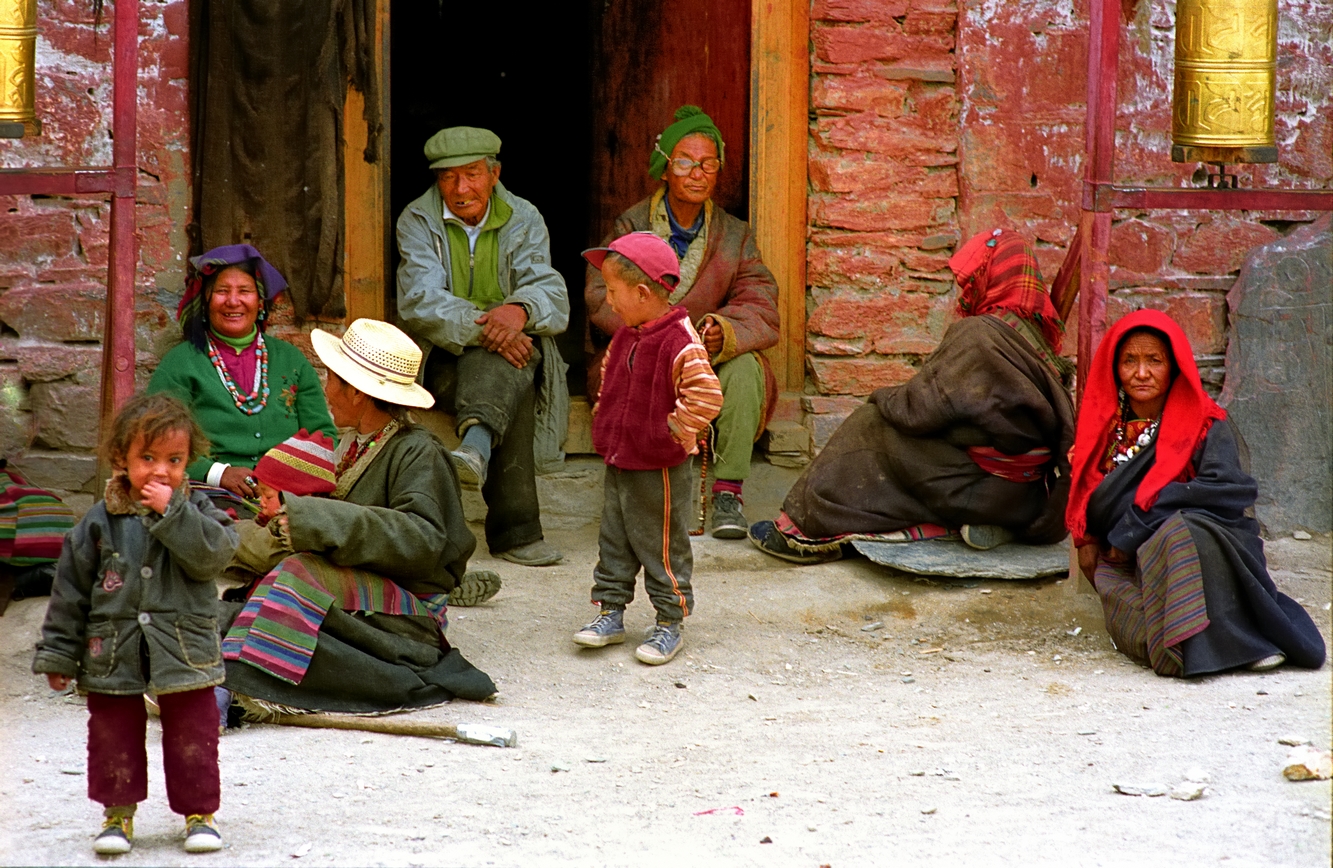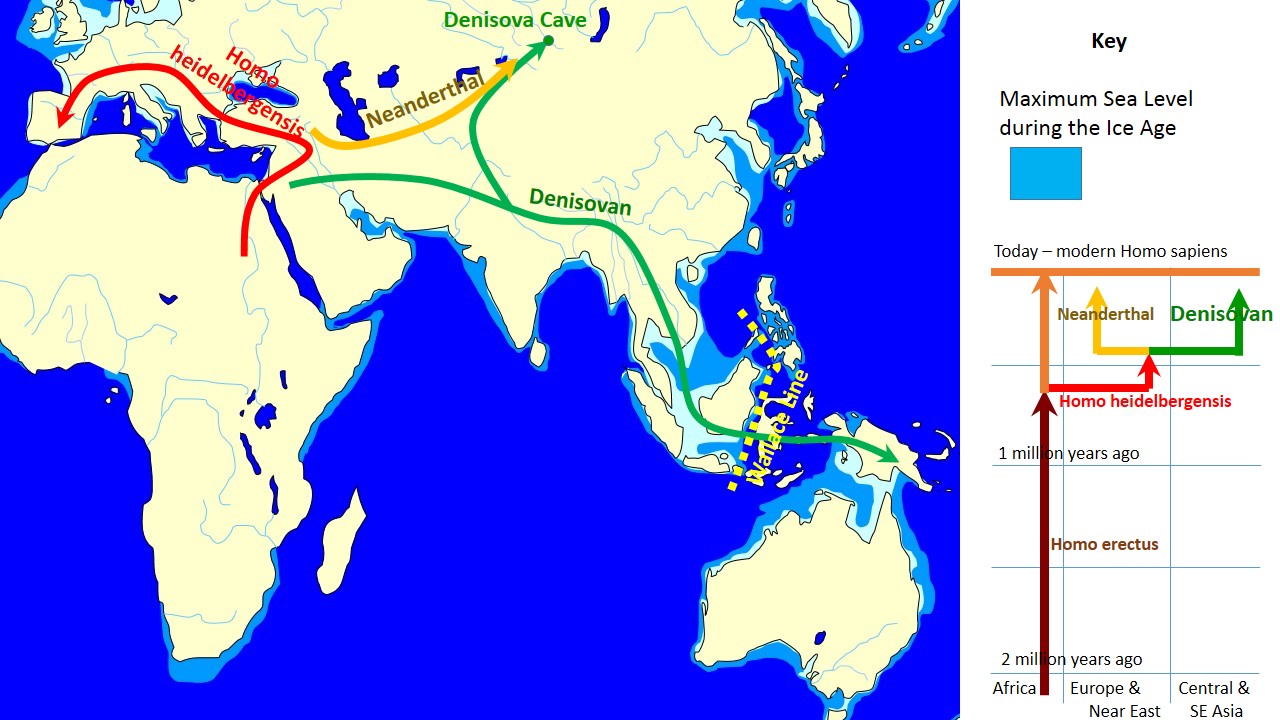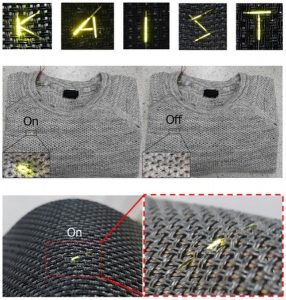Drug-resistance in bacteria has become a top threat to global public health. With antibiotic developments becoming slower than the drug-resistance increases in bacteria, will humankind ever gain the advantage?
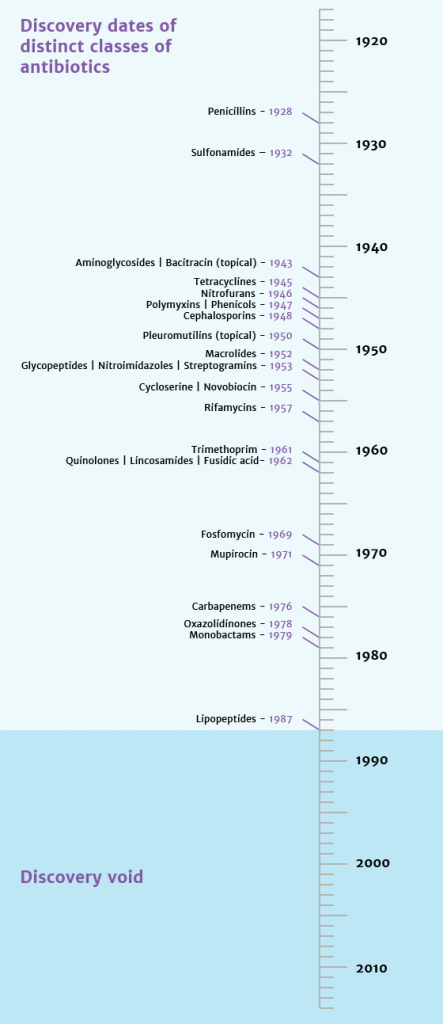
Figure 1: Timeline of Antibiotic Discovery Dates. As it currently stands, no new discoveries of antibiotics have been made since 1987 Source: Review on Antimicrobial Resistance
Luckily, new research from the Leiden University Medical Center in the Netherlands may bring this war to its much-needed turning point. Researchers successfully created an antibiotic gel containing synthetic anti-microbial and anti-biofilm peptides, SAAP-148. The research proved it was effective against five different antibiotic-resistant bacteria strains.
Published on January 10th in Science Translational Medicine, SAAP-148 gel was first created then tested against the group of antibiotic-resistant ESKAPE pathogens, an acronym for Enterococcus faecium, S aureus, Klebsiella pneumoniae, Acinetobacter baumannii, P aeruginosa, and Enterobacter.
When the SAAP-148 gel was used multiple times for each bacterium, no drug-resistance was developed. Co-author Anna de Breij claims this is because of how fast the peptide kills the bacteria.
SAAP-148 is a modification of the bacteria-fighting peptide LL-37 that is found in the human body. Researchers discovered its bacteria-killing capabilities better than all other derivatives they made. Compared to the other modifications, SAAP-148 was the most powerful when it was tested in conditions similar to the human body.
This research is deemed important as The Infectious Diseases Society of America stated that antibiotic development is urgently needed for the ESKAPE pathogens. This conclusion is reached because of cases caused by the said strains being frequently reported in healthcare environments.
Since bacteria are becoming more immune to the current antibiotics available, finding new treatment and remedies to this issue is crucial. With these results, there is an opportunity for discovering a new class and generation of antibiotics that can help fight even the most resistant of bacteria.
Researchers are now planning clinical trials for the SAAP-148 gel, hoping to treat patients suffering from skin infections. Along with the researchers, the company Madam Therapeutics is working to create an injectable SAAP-148 formulation to treat bacterial infections inside the body.
-Brandon Kato
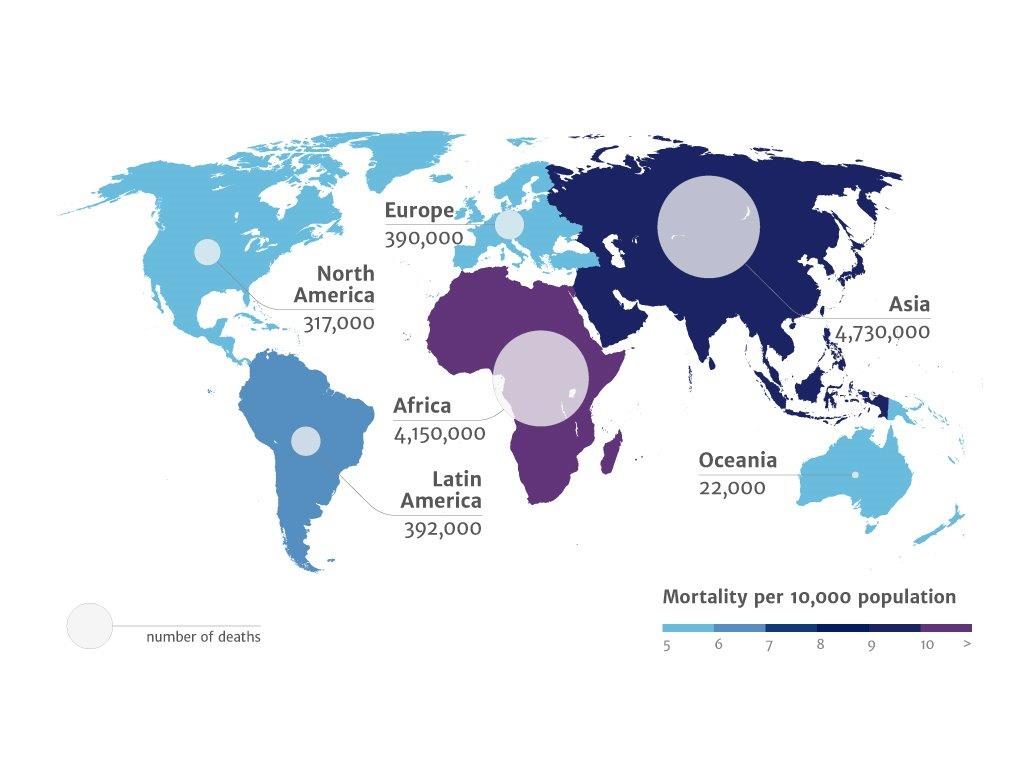
Figure 2: World Map of Current Mortality Rates From Antibiotic Resisting Bacteria Source: Review on Antimicrobial Resistance
References:
Breij, A. D.; Riool, M.; Cordfunke, R. A.; Malanovic, N.; Boer, L. D.; Koning, R. I.; Ravensbergen, E.; Franken, M.; Heijde, T. V. D.; Boekema, B. K.; Kwakman, P. H. S.; Kamp, N.; Ghalbzouri, A. E.; Lohner, K.; Zaat, S. A. J.; Drijfhout, J. W.; Nibbering, P. H. Science Translational Medicine 2018, 10 (423).
Boucher, H. W.; Talbot, G. H.; Bradley, J. S.; Edwards, J. E.; Gilbert, D.; Rice, L. B.; Scheld, M.; Spellberg, B.; Bartlett, J. Bad Bugs, No Drugs: No ESKAPE! An Update from the Infectious Diseases Society of America. https://academic.oup.com/cid/article/48/1/1/288096 (accessed Feb 8, 2018).
About IDSA. http://www.idsociety.org/About_IDSA/ (accessed Feb 8, 2018).
Madam Therapeutics. http://www.madam-therapeutics.com/ (accessed Feb 8, 2018).
Infographics. https://amr-review.org/infographics.html (accessed Feb 8, 2018).

